There are two processes laboratories use to grow diamonds
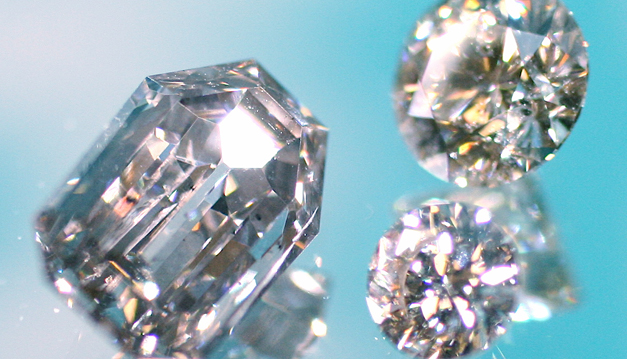
Chemical Vapor Deposition (CVD):
The diamond begins as a thin slice of diamond, called a diamond seed. The diamond seed is placed in a sealed chamber and heated to around 800 degrees Celsius (1472 degrees Fahrenheit).
Carbon rich-gas, like Methane, and other gases are then pumped into the chamber and the gases are ionized into plasma with tech that’s similar to that of microwaves and lasers. The ionization breaks the molecular bonds in the gases, and the pure carbon adheres to the diamond seed and slowly crystallizes, forming a larger diamond.
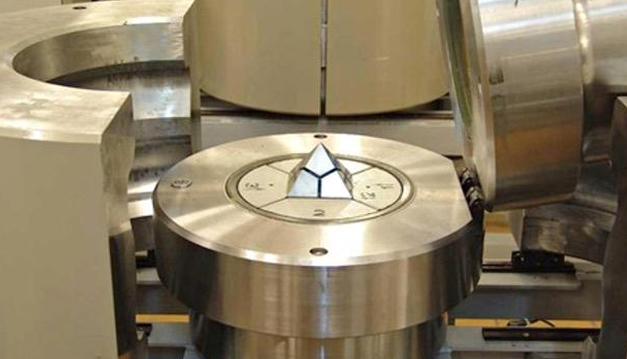
High Pressure-High Temperature (HPHT):
Here we use one of three manufacturing process; the cubic press, a belt press, or a split-sphere (BARS) press. All of these processes create extremely high-pressure environments and temperatures conducive to diamond growth.
An HPHT diamond also begins as a small diamond seed that is placed into carbon. The seed is then exposed to temperatures of about 1500 degrees Celsius (2732 degrees Fahrenheit) and pressurized to approximately 1.5 million pounds per square inch. The pure carbon melts and starts to form a diamond around the starter seed, after which it is cooled slowly and we’re left with a real, lab grown diamond.

Natural Diamond Formation
Diamonds are considered the world’s oldest treasure, having formed over 3.3 billion years ago. 200km below the Earth’s, under intense pressure and temperatures between 900-1300 degrees, carbon atoms crystallized to form natural rough diamonds.
Molten kimberlite (or magma) is also formed within the Earth’s upper mantle under conditions of intense heat and pressure, causing it to expand at a rapid rate. This expansion causes the magma to erupt and forces it to the Earth’s surface, taking diamond bearing rocks with it.
The erupted magma forms a pipe to the surface of the Earth. As the magma cools, it hardens to form a rock called Kimberlite; and Kimberlite pipes are the most significant source of diamonds.
Kimberlite is named after Kimberley in South Africa, where the first diamonds were found in this type of rock. Though Kimberlite pipes are the most significant source of diamonds, it is estimated that only 1 in 200 Kimberlite pipes contain gem-quality diamonds.
On average, 250 tones of ore are mined to produce a one carat gem-quality polished diamond. Once selected, it takes great precision, skill and attention to detail from master diamond cutters and polishers for a rough diamond to be transformed into a beautiful jewelry creation.

Lab Grown Diamonds
A lab-created diamond is “grown” inside a lab using cutting-edge technology that imitates a natural diamond’s growing process that would naturally take millions of years. A lab is able to imitate the environment a diamond is formed in with much faster results, and resulting diamond is chemically, physically, and optically the same as those grown beneath the Earth’s surface.
Lab grown diamonds may exhibit different trace elements than natural diamonds that do not affect the appearance of the diamond. Lab-created diamonds are graded and certified using the same process as mined diamonds in the same laboratories and governing bodies as mined diamonds.
Even though it is nearly impossible to differentiate a lab grown diamond from a natural diamond, the origin cannot be disputed. Natural diamonds are just that, natural. There are only a limited supply of natural diamonds in the world and to be able to own one is extraordinary.
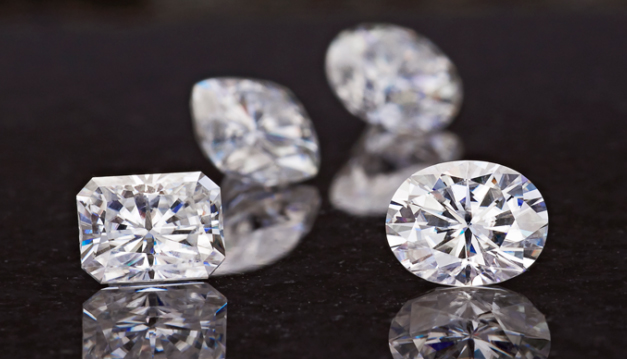
Moissanite
Cut and graded in a similar fashion to GIA diamond grading specifications, this rare mineral is actually made out of stars. Discovered by the French chemist Henri Moissan in 1893 whilst examining meteor samples from a crater located in Canyon Diablo, Arizona. Moissan originally identified the crystals as diamonds, but in 1904 he identified the crystals as silicon carbide. Silicon carbide, or moissanite (named after its discoverer) is the third hardest naturally occurring substance on earth.
Efforts to synthesize silicon carbide in a laboratory had actually already began in the early 1900s and were successfully achieved by Edward G. Acheson just two years before Moissan's discovery.
Originally used for industrial purposes only, moissanite was introduced to the jewelry market in 1998 after Charles & Colvard, formerly known as C3 Inc., received patents to create and market lab-grown silicon carbide gemstones, becoming the first firm to do so.
Moissanite’s visual resemblance to diamonds (with some optical properties exceeding those of diamond) as well as its extremely close measurement to diamonds on the Mohs scale of mineral hardness; Moissanite being9.5 and diamonds being a 10, means that Moissanite could give the appearance of a diamond at a fraction of the cost.
Moissanite is now graded on the same principles as a diamond; with colours, clarity, cut and carat all being taken into account in order to determine the worth of the stone.

Clarity Enhanced Diamonds
Advanced technology nowadays has enabled the jewelry industry to improve the visual appearance of lower grade diamonds by the process of laser drilling or fracture filling. This practice is referred to as "clarity enhanced". Laser drilling, and fracture filling treatments result in an unnatural product. These diamonds have been altered and should no longer be considered "natural" diamonds.
Laser drilling:
Laser drilling creates a minuscule passageway into the heart of a diamond. This is a small tunnel that is used to reach a large inclusion in a diamond. The manmade opening allows for further treatments, such as boiling out included crystals with acid. In other cases, an internal fracture, feather or knot, can be laser drilled to create a passageway to introduce glass-like substances that soften or minimize their appearance. Once a laser-drilled hole is filled, the Federal Trade Commission states the treatment must be disclosed.
Fracture filling:
The treatment process eliminates most eye-visible fractures and feathers in a natural diamond. The artificial filler does not add any coloring or measurable weight to a treated stone. Fracture filled diamonds are hard to detect with the naked eye, because the filler closely matches a diamond’s refractive index. While treatment can improve a stone’s clarity, it cannot be used to fill voids and laser drilled holes in a diamond, and the direct heat of a jeweler’s torch and contact with acid can alter the treatment.
Both practice of clarity enhancements are permanent. The enhanced diamonds are not weakened as long as the diamonds are never introduced to high temperatures during sizing and/or mounting. High heat or any type of acid or caustic substance will not affect a natural diamond, however a treated or an enhanced diamond will crack or break in these environments.
The cost of treated diamonds should be at least 50% less than a natural diamond. Some retail jewelers don’t disclose the fact the diamond has been fracture filled or laser drilled. Jewelers can simply write the abbreviation “CE” for clarity enhanced on the paperwork, and an unsuspecting consumer would never know what that means. For those customers who wish to purchase diamonds as investments, treated diamonds will not appreciate in value or hold value as would an untreated diamond.
Because of the duplicitous nature of Enhanced Diamonds, Jewel Bear does not carry or sell any treated diamonds, including laser drilled and/or fracture filled diamonds. Furthermore, we also advise against the purchase of any treated diamonds. It is always a better investment to own a smaller, natural, unaltered diamond rather than a larger treated diamond. The cons for Enhanced Diamonds just outweighs the pros, and for that reason, we at Jewel Bear can not support this practice.
WORLD REKNOWN DIAMOND LABS:
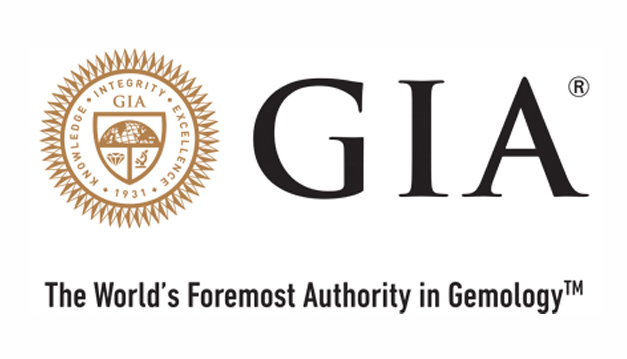
GIA
The Gemological Institute of America is a non-profit organization dedicated to the research and education of gems and jewelry. They study and grade all types of gemstones. In addition to the lab services, GIA also trains gemologists and offer in depth education and research support to the diamond industry. At present, GIA’s diamond grading reports are top rated diamond verification and “certification” documents in the diamond industry. GIA offers two types of diamond grading reports. The full reports and the diamond dossiers for small diamonds.
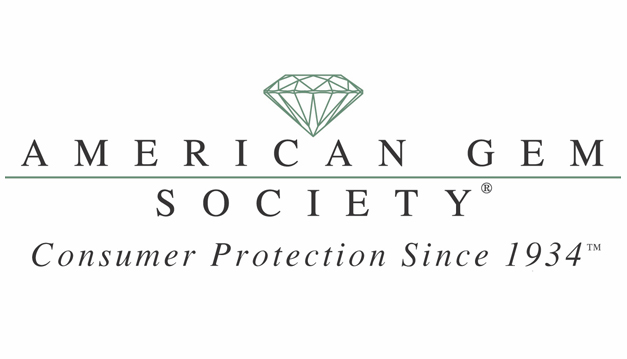
AGSL-AGS
The American Gem Society is a membership organization of jewelers, suppliers, appraisers, and traders. The company has been around since 1934; however, its laboratories (American Gem Society Laboratories – AGSL) were founded in 1996. They also have an advanced instruments division founded in 2004. AGSL is the division that grade diamonds and have developed their own standards for grading diamonds. AGSL is a close competitor to GIA and has a strong reputation in the diamond industry. Con: When it comes to grading diamond's clarity, AGSL can be inconsistent sometimes. We have noticed diamonds in the SI2 range that were graded by AGSL that we can say with full confidence GIA would not assign SI2 grade to. So when it comes to the clarity grading in the SI1/SI2 range, be wary of AGSL's consistency.
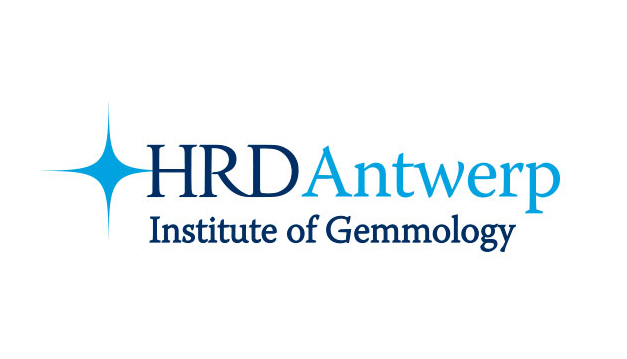
HRD
Founded in 1976, the HRD is located in Belgium and has a Dutch name – Hoge Raad voor Diamant (High Diamond Council), and established itself as one of the top global laboratories when it comes to accurate grading services. In the European market, many in the trade consider the certifications issued by HRD as a direct alternative to GIA. HRD’s Diamond Certification Lab complies with requirements laid out in “The International Rules for Grading Polished Diamonds” provided by IDC – Independent Diamond Council. That is, they follow worldwide practices that are proven and accepted by any distributor and buyer. Con: Please note that we normally assume that there would be a grade inconsistency in HRD's grading when it comes to the grading of diamond color. This should be reflected in your decision-making as you buy HRD graded diamonds. Grading of clarity is more or less consistent with GIA.

IGI
The International Gemological Institute was established in 1975 and is headquartered in Antwerp – one the key centers of the diamond business. IGI has several branches all around the world and is one of the largest labs in the world. It also has a gemology school. Since IGI is so big, their labs in different countries seems to be using slightly different criteria while grading diamonds hence inconsistencies in overall grading results. However, they seem to be improving their overall performance. We would grade IGI as slightly less strict than GIA or AGS. It is a good idea to expect one grade inconsistency while buying IGI diamonds. However, no two diamonds are the same, so generalizing anything when comes to buying diamonds is not a good idea – each case is different and therefore should be treated as such. Con: Expect one grade inconsistency in overall grading when it comes to IGI's grading in all four Cs.
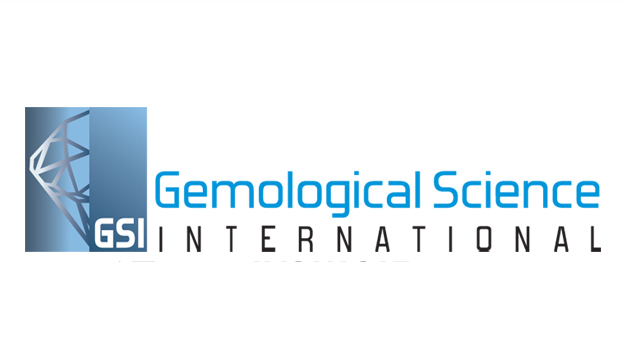
GSI
Gemological Science International mainly grades diamonds for some of the large chain stores in mass numbers. Recently, they have expanded their operations to a number of countries worldwide. GSI seems to be a favorite of large stores as they grade diamonds much faster than GIA or AGS. GSI is close to IGI in how they grade diamonds and usually grade diamonds one grade lower than GIA or AGS. Again, stated above, each diamond has its own characteristics so these insights are good for general information purposes as it is important to analyze each diamond individually. However, if you are not well informed or if you don't have the time to learn about diamonds, it is a good idea to go for either GIA or AGS. Con: Good to be cautious when evaluating GSI's diamonds. Expect a grade inconsistency and make sure you run the stone by an expert and get a third party opinion. The sad part is that most appraisers are also not reliable, so it will always be a trade-off when buying a GSI graded diamond.

EGL
The European Gemological Laboratory used to have significant shares in the diamond grading business. However, it has lost much of its credibility. They seems to be reorganizing the organization and for the time being it is a good idea to not solely rely on EGL reports. Even RapNet do not allow EGL graded diamonds to be listed on their platform. Con: It is a safe bet to avoid EGL graded diamonds unless they are from the era of 1950-early 2000. Even in those ones, expect up to two grades inconsistency in overall grading.